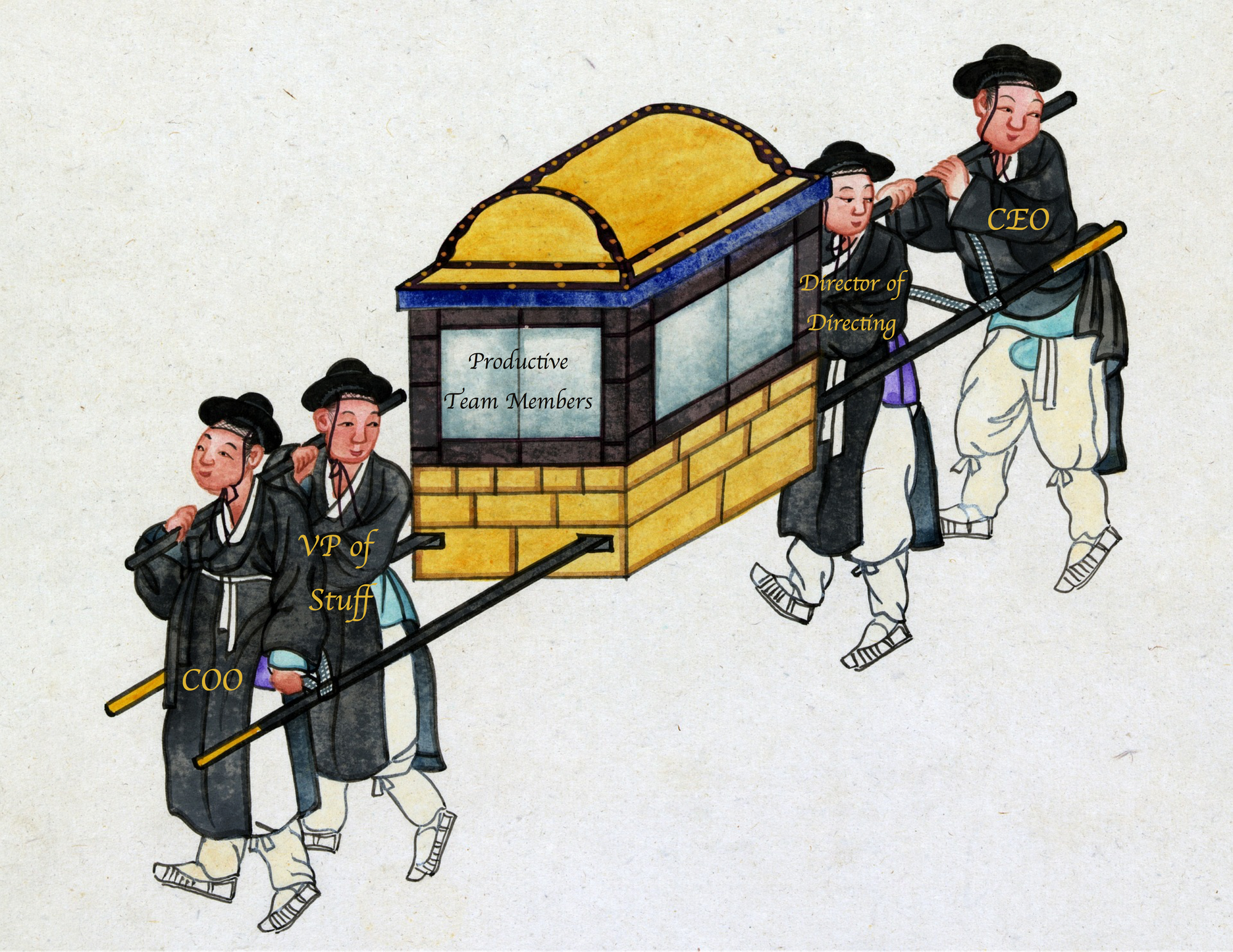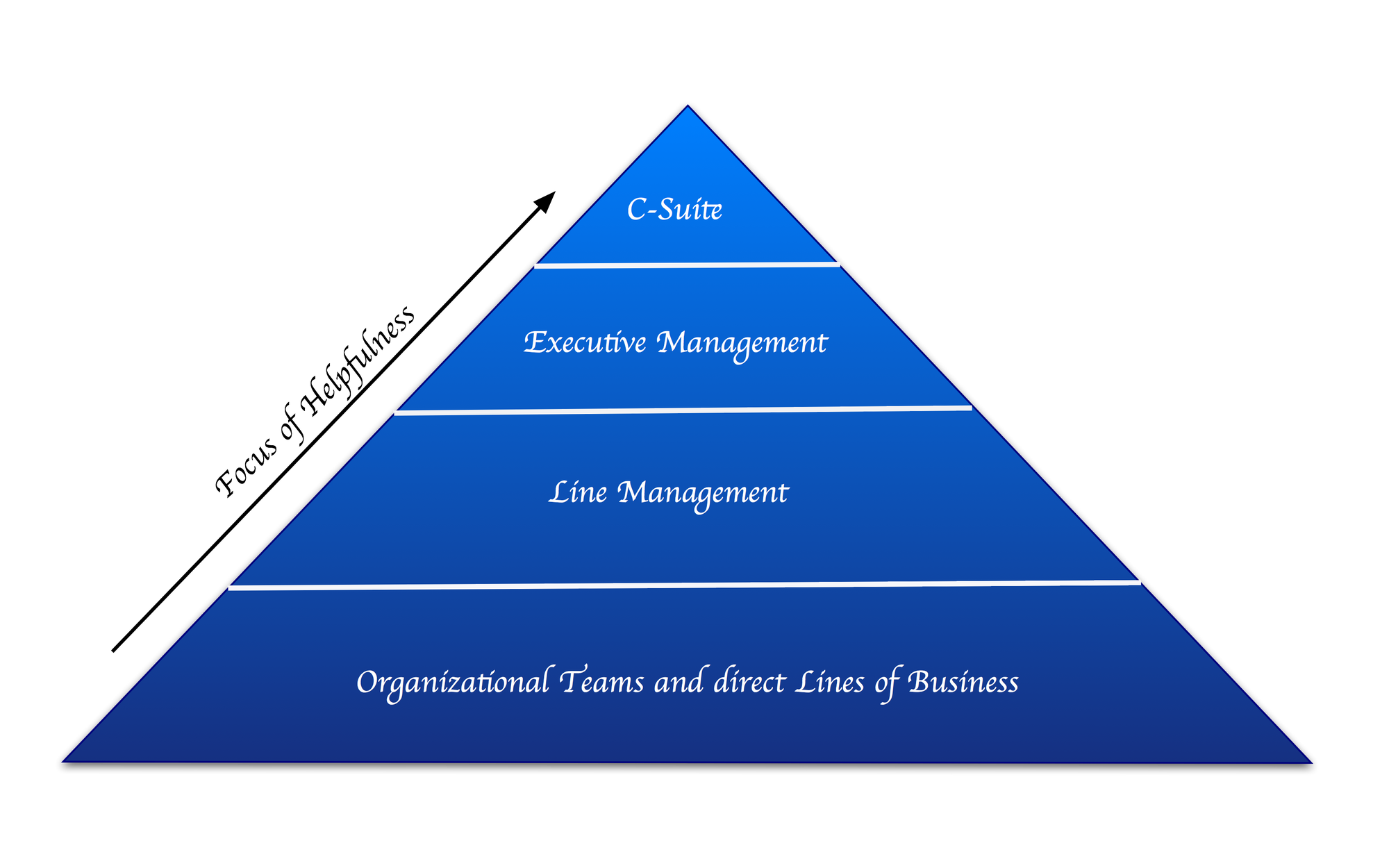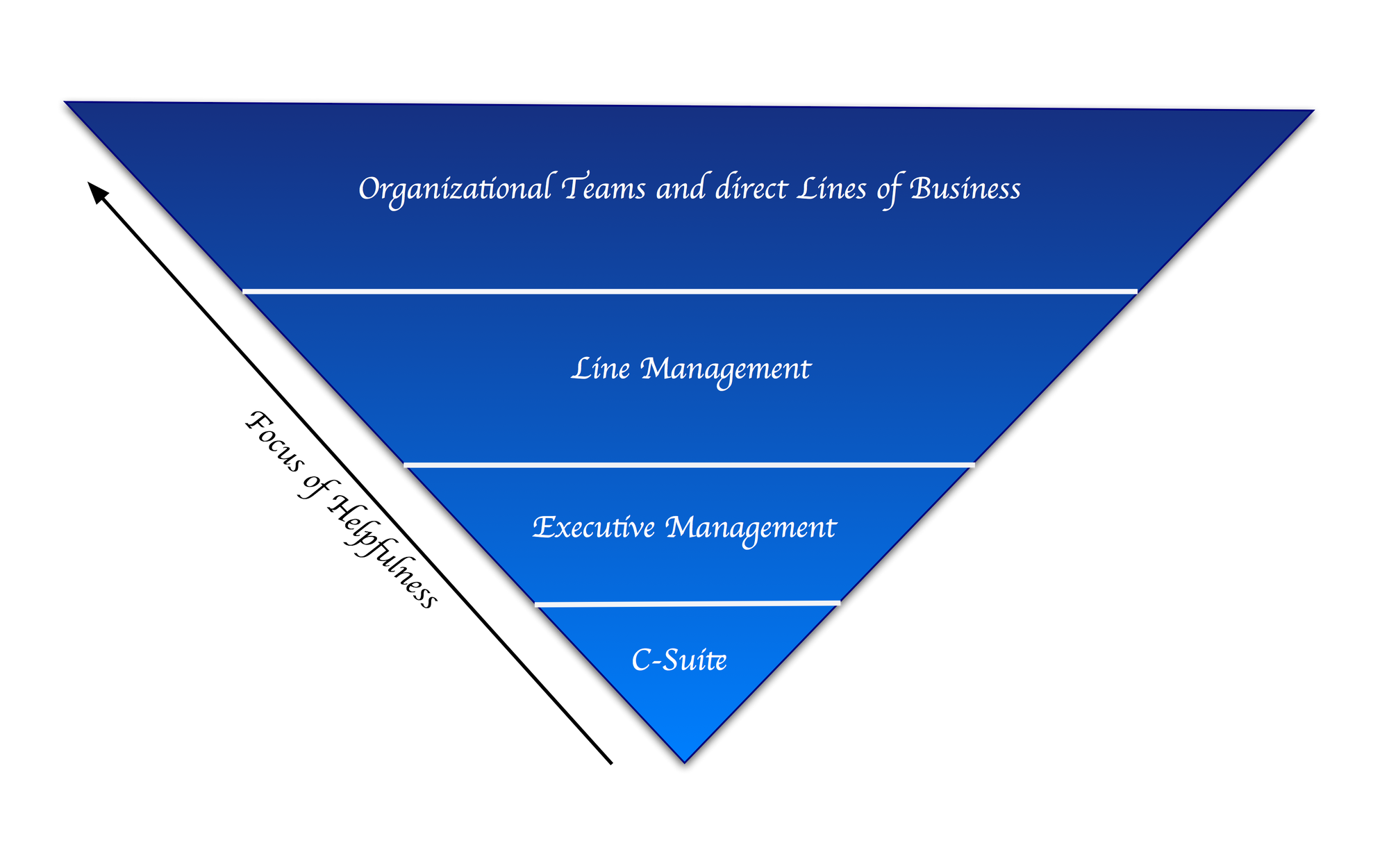
help·ful/ˈhelpfəl/
- Giving or ready to give help
- Useful
Our executive team locked ourselves in a San Francisco apartment for two days this year and went through an exercise in defining who, what, and where we want to be as a company. The end result was a set of core values, an azimuth pointing towards the future, and an understanding of what we believe has made us successful thus far. What I found most valuable was that we all agreed on the single most important question we should ask ourselves before any engagement or interaction, this is our true north, “Are we being helpful?”.
Simple, right? Armed with a way to align our compass, we began weighing our decisions, and actions more directly through this lens, and the results have been enlightening. But more importantly, given that hindsight comes in higher resolutions, we can now ask the question “Was I helpful?”.
At first we were primarily assessing ourselves through the perceptions of our clients. Are we being helpful to our client on this project? Does this statement of work demonstrate we are here to help? But we soon realized that the smaller interactions, the day-to-day leadership actions, and company policies all needed to be viewed in this light.
I just went on a 5 minute tangent that added nothing to the conversation. Was I helpful? A coworker asked a question and I objected to the way the question was asked instead of answering it. Was I helpful? We moved a meeting with several attendees to accommodate my schedule. Was I helpful?
The answer to all of these questions, was no, and I personally was responsible for subtracting from the net sum of good will and helpfulness we have. But in the moment, they are all common happenings in any organization. Given individually, and without observing the larger pattern, they often don’t even register as problematic behavior. I’m ashamed that one of these occurrences was yesterday, many months in to our helpfulness journey.
We found that if every member of your organization asks these questions, and strives to always answer affirmatively, the shape of your company changes. The traditional hierarchy, the management pyramid, that we have come to expect, and even accept as the reality of company life starts to look a lot different.
A CEO that says “You are here to help me” sits at the top of an organization, and permeates that culture, from team to team, down through the ranks. This CEO understands that their job is to keep their executive team in line, vetting decisions, and ensuring the health of the bottom line. But how can you keep the bottom line healthy from the top of the pyramid?

A CEO that says “I am here help you” sits at the bottom of an organization, understanding that their goal is to help, scale, and enrich every team member above them. This CEO also permeates this culture up through the ranks but understands that their job is to support the team above them, allow them to make good decisions, to fail, and to recover, to learn, and to grow.

As we were coming to these realizations as an executive team, an obvious model emerged. We’ve come to learn that this model has a name, Servant Leadership.
The basic tenant of Servant Leadership is of course to serve. The role of a manager is to serve those they manage. To us, this means making decisions, and taking actions that optimize for the effectiveness, and life balance of the team you lead, and not for your own personal needs. All while showing up and putting in the extra effort when the team needs to scale to meet our shared goals.
So what does this mean to you as a client of Stark & Wayne, a subscriber to our content, our Open Source work, or random passer-by on the internet? It means that every member of our team is fully supported by every other member of the team. It’s a model we’ve been calling “The Collective” for several years now. We’ve learned that The Collective starts first and foremost by vetting every decision and action in the light of helpfulness and ends with you knowing that any interaction with us leaves you better off than you were before.
True Servant Leadership isn’t a panacea for all of the problems in an organization. It is an ideal to pursue, and a litmus test for actions and decisions. Your leaders still need to be mentors, managers, and occasionally take traditional actions to right the ship. But every action and decision should be prefaced by two simple questions “How am I helping?”, and “Who am I helping?”. Hopefully the answers are not “Not at all”, and “Myself”.